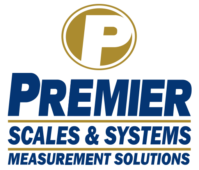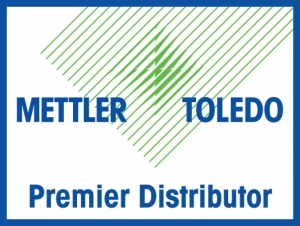Scale and Metrology Terminology
In our line of business, we throw around a lot of unique terms. Often these terms are casually tossed out without explanation, which creates plenty of questions and misconceptions. What exactly is a homerun cable? What’s the difference between precision and accuracy? How do these terms impact your business? Below, we have compiled some of our most common terms.
Accuracy
Accuracy is a combination of trueness and precision. High-accuracy means each measurement taken in sequence will be the same and will be relatively close to a true value. For more info on the subject, read our blog post about Precision, Trueness, and Accuracy.
Calibration
Calibration is the procedure used to compare measuring equipment to a known standard. Calibration should not to be confused with an adjustment that often accompanies calibration services. For more information on Premier Scale & Systems calibration services, visit our calibration page.
Certificate
A Calibration Certificate or Cert is the official reporting document for all calibration services. Each cert consists of five key components which we breakdown in our article Understanding Your Calibration Certificate.
Drift
Drift is a type of measurement error caused by the gradual change in an instrument or gauge’s measured values over time.
For more information on drift read our article on the different types of drift.
Gauge
Gauge or Gage is an instrument designed to measure an amount or magnitude of a particular characteristic.
GWP (Good Weighing Practices)
GWP (Good weighing Practices) is the global weighing guideline for the management of weighing instruments. GWP is a comprehensive process designed to select the appropriate weighing equipment for any application and maintain a long life of accurate use. For More information on GWP check out our blog post on Good Weighing Practices.
Homerun cable
Homerun cables are the communication cable that stretches from the scale’s junction box to the scale terminal/display.
Indicator
An Indicator’s basic function is to interpret and display weighing data from the loadcells. In many cases, modern terminals are the brain of a scale performing counting, automation, and other more advanced weighing tasks.
Also known as a Controller, Scale Head, display, or Terminal.
Intervals
An interval is the length of time between calibration events. Check out our article “How often should I calibrate my measuring instruments,” to learn the optimal calibration intervals for your equipment.
Junction box / Summing Box
A junction box is used to sum the signals from multiple loadcells in a scale.
Metrology
Metrology is the science of measurement.
Legal for Trade (LFT)
The term legal for trade simply means a piece of equipment has been approved for legal transactions. To become legal for trade, equipment must consistently perform within an acceptable margin of error. Typically legal for trade equipment must be approved by an appropriate governing body.
Loadcell
A loadcell is a transducer that converts force into an electrical signal. Loadcells are commonly used to measure compression, pressure, tension, torque, or weight.
PO ( Purchase Order)
A PO is an official order issued by a buyer indicating the type, price, and quantities for products of services.
Platform
A scale platform is the flat horizontal surface where a load is placed.
PMA (Preventative Maintenance Agreement)
Preventative Maintenance Agreements are a service contract geared towards providing regular service to identifying minor problems before they become major issues and keeping our customer’s equipment operating at peak performance. Learn more about our Preventative Maintenance Agreement.
Precision
The term precision is measured by the number of random errors in a sample set. High precision means that results from the repeated measurement of a known value will be relatively similar results under the same circumstances. For more info on the subject, read our blog post about Precision, Trueness, and Accuracy.
Resolution
Resolution is the smallest increment of measurement that can be displayed on a piece of measuring equipment.
Note: High resolution does not necessarily mean high accuracy.
Scale Foot
A scale foot, typically found on floor and bench scales, is attached to each loadcell and is used to level a scale.
Scope
In metrology, the term scope often refers to the list of accredited calibrations a lab can perform. A scope will include the type of equipment, acceptable testing ranges, standard(s) used, and the uncertainty of the calibration. It is important to note, companies can often perform unaccredited calibrations on equipment/ranges outside of their scope.
Shift Test / Eccentric Loading
A shift test is performed by placing test weights on all four corners and the center of a scale. This test is performed to ensure the same weight is displayed no matter where weight is placed on a scale.
Terminal
A terminal’s basic function is to interpret and display weighing data from the loadcells. In many cases, modern terminals are the brain of a scale performing counting, automation, and other more advanced weighing tasks.
Also known as a Controller, Scale Head, display, or Indicator.
Tare
Tare is the weight of a container that is excluded from a final weight.
Trueness
Trueness is defined by systematic errors within a group of measurements. In more simplistic terms, the more “true” a device, the closer the average of its measurements are to a known value or standard. For more info on the subject, read our blog post about Precision, Trueness, and Accuracy.
Zero
Zeroing a scale is used to reset a scale to the zero value when no weight is on the platform.



